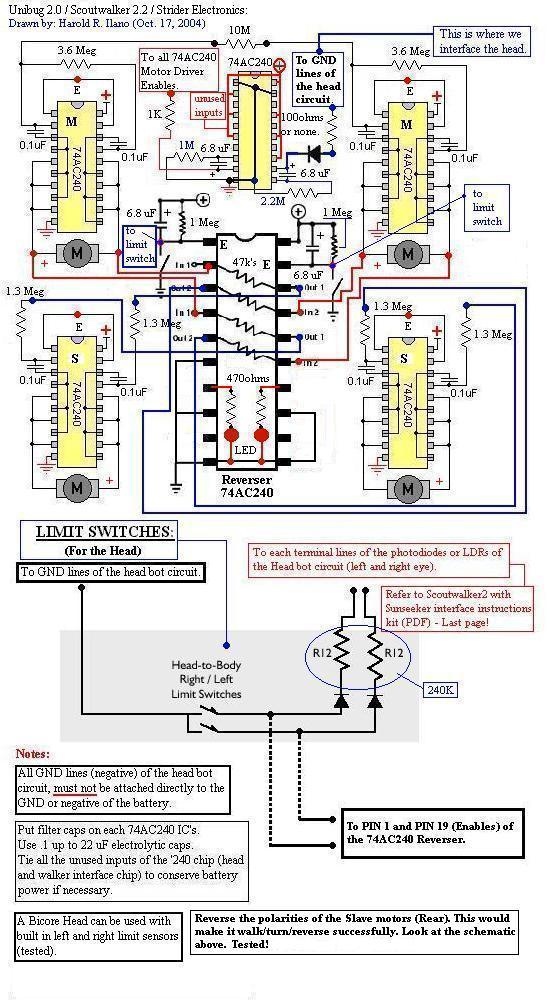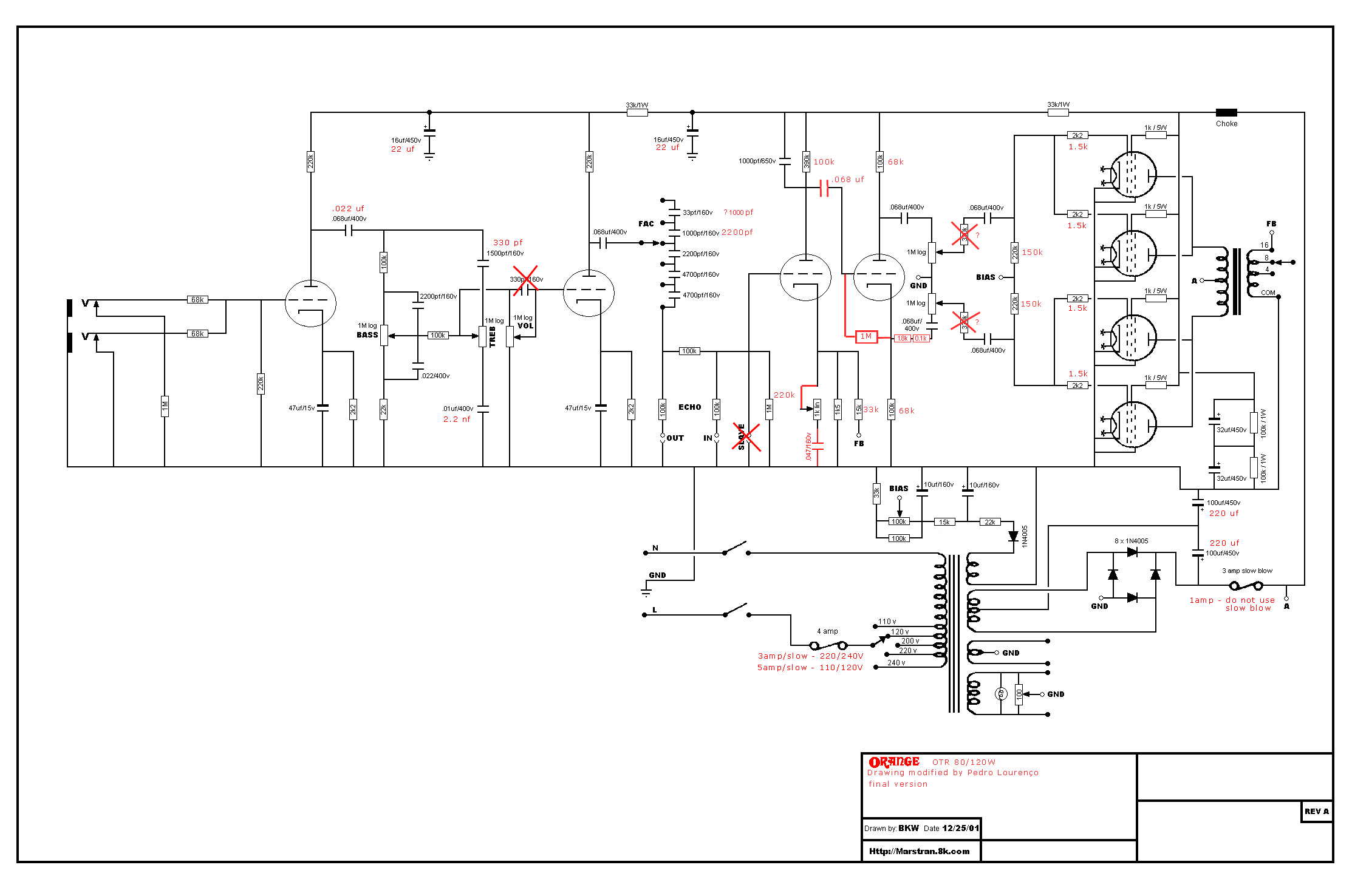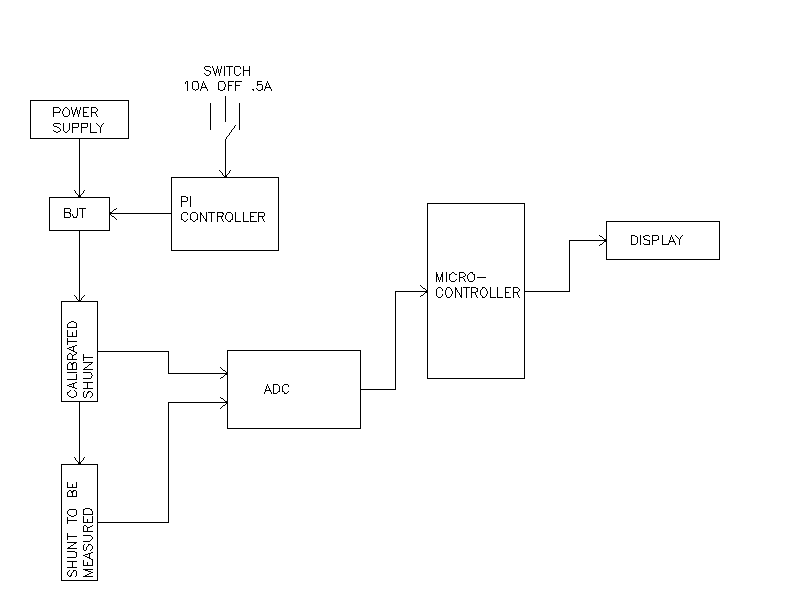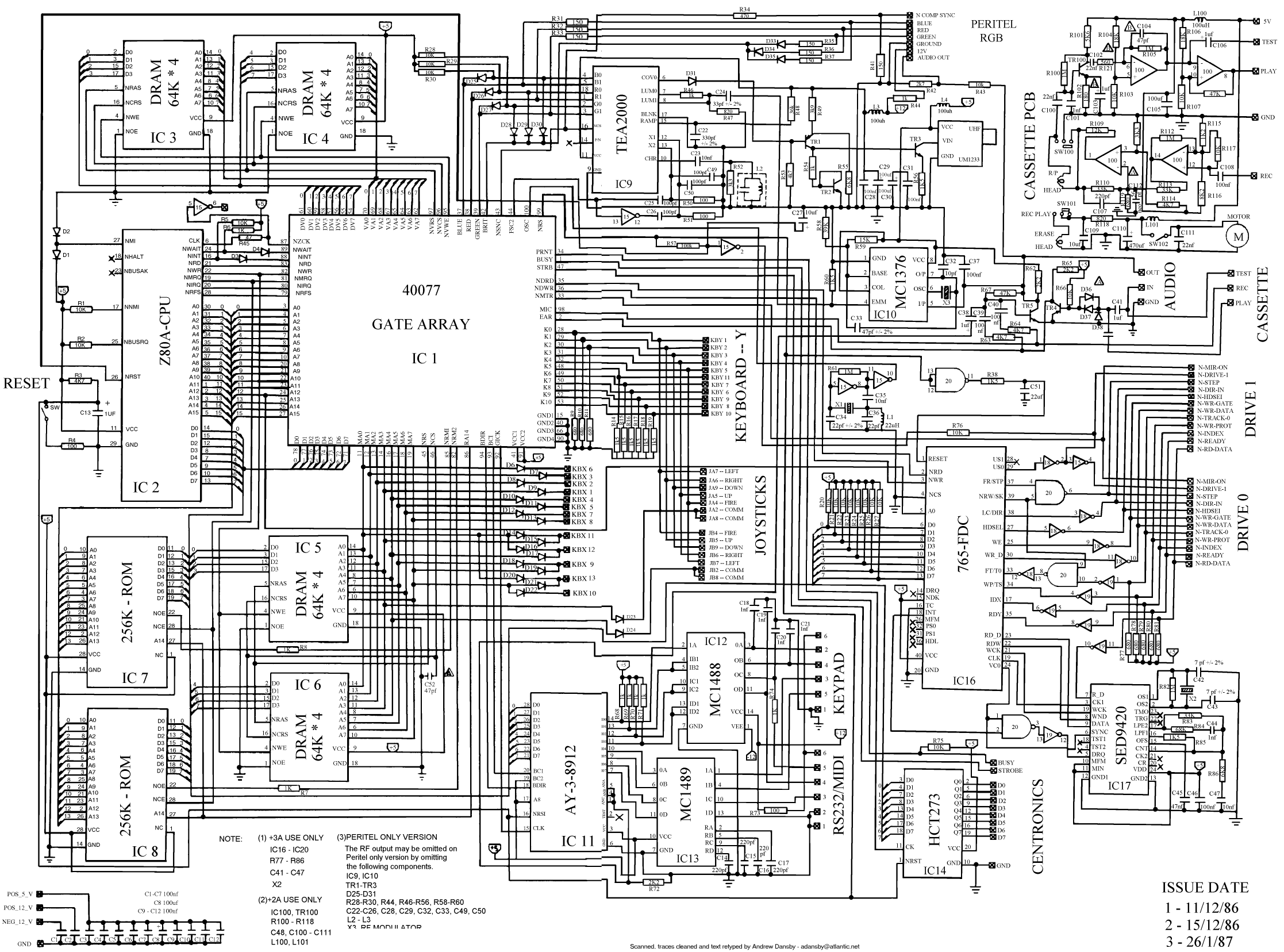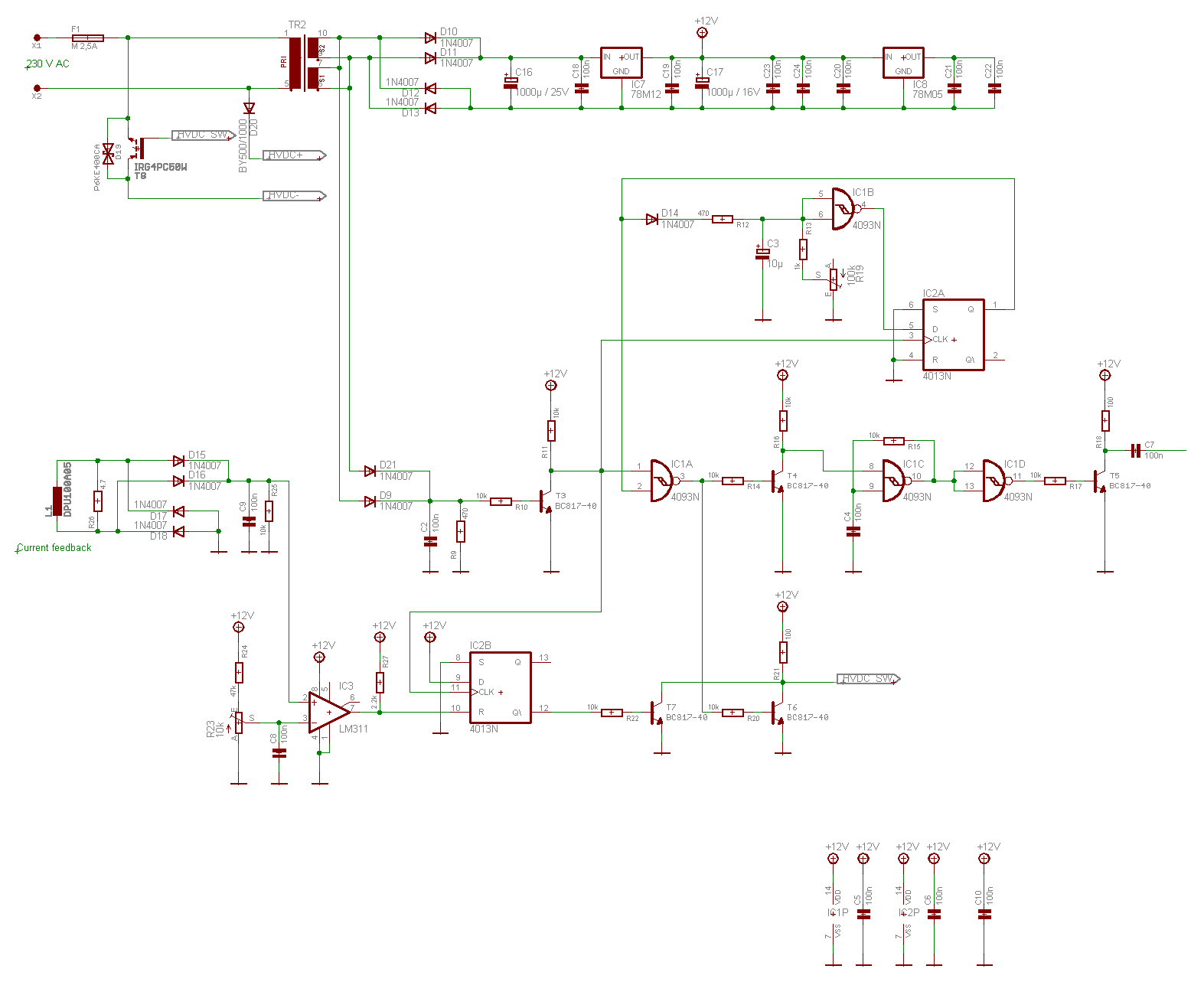
Z80-Family Official Page
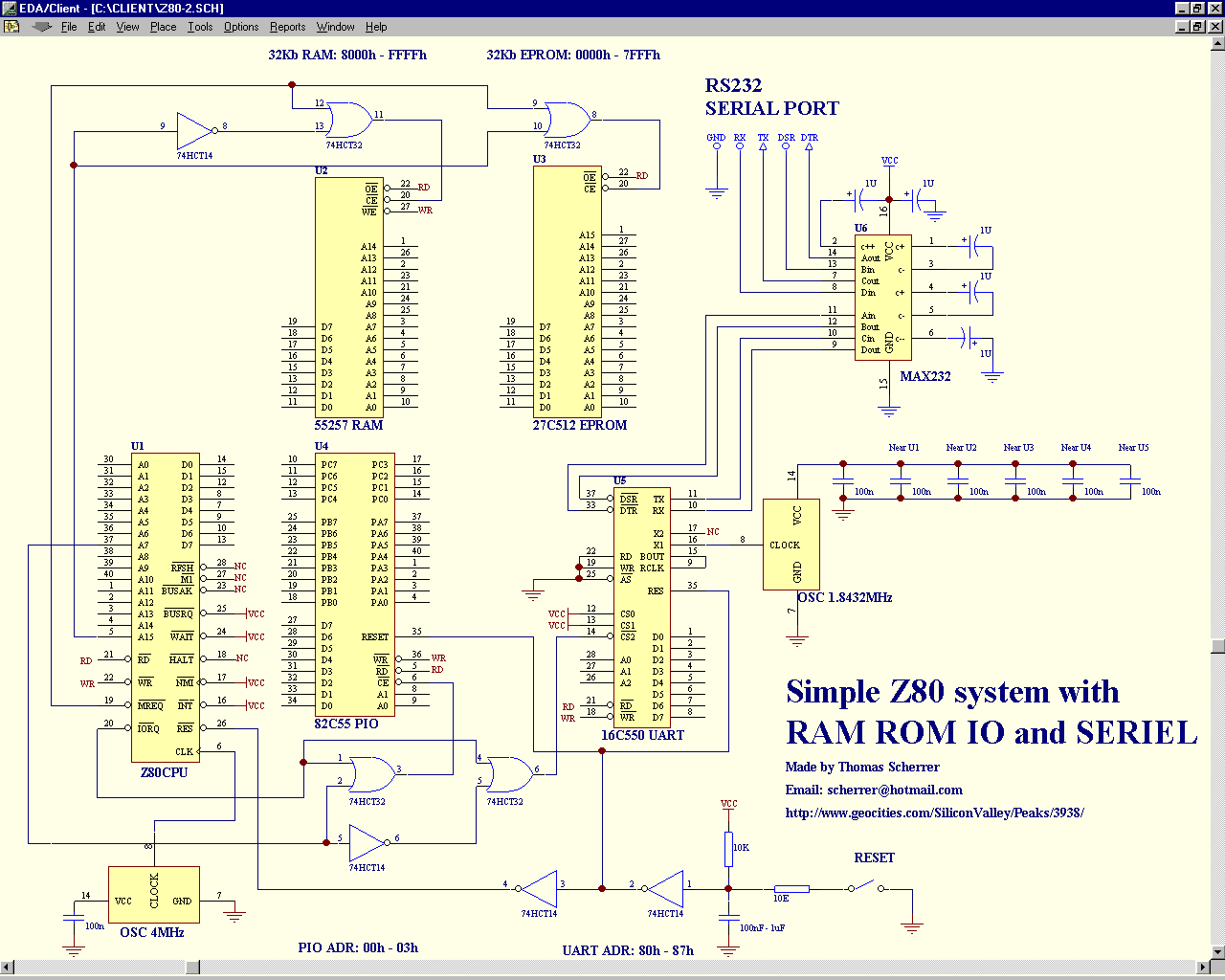
The purpose of this page and its subpages about members of the Z80 family (and close relatives) is to collect and share information and good ideas. There are numerous individuals who have developed effective utilities and hardware solutions. This platform allows for the sharing of such information. Some of the links provided may no longer be active, and some may not be accurate; they are marked accordingly. If an appropriate URL is known, updates are welcome. It is important to note that many products mentioned in this series of Z80-related documents are no longer in production. Therefore, when initiating a project, it is essential to verify the availability of parts and the associated conditions.
The Z80 microprocessor family, which includes several variants and closely related processors, has been a cornerstone in the development of computing technology. This family is renowned for its simplicity, versatility, and wide range of applications, including embedded systems, retro computing, and educational platforms. The Z80 architecture supports an 8-bit data bus and features a 16-bit address bus, allowing it to access up to 64KB of memory.
When designing circuits that utilize Z80 processors, it is crucial to consider the necessary supporting components. These may include RAM and ROM chips, which store program code and data, as well as peripheral interfaces for input and output operations. Commonly used peripherals might consist of UARTs for serial communication, timers for event scheduling, and various input devices such as keyboards and displays.
In a typical Z80-based system, the processor is connected to memory through address and data buses. Control signals are generated by the Z80 to manage read and write operations. Power supply considerations are also vital, as the Z80 operates typically at 5V. Proper decoupling capacitors should be placed close to the power pins to ensure stable operation.
For developers interested in creating projects based on the Z80 family, it is advisable to consult the available documentation and community resources. This includes schematics, example circuits, and libraries of utilities that can enhance the functionality of the Z80. Additionally, sourcing components can be challenging due to the obsolescence of certain parts; thus, alternative solutions or modern equivalents may need to be explored.
In summary, the Z80 family remains a relevant topic for electronics enthusiasts and professionals alike, offering a wealth of knowledge and practical applications for both historical and contemporary projects.The purpose of this page and its sub pages about members of Z80 family (and close relatives) is to collect and share information and good ideas. I know there are lots of people out there, who have developed some good utilities and hardware solutions.
Now we all can share this infomation. Some of the links here are no more online and some are not y et correct: they are marked with a sequence; in case you know the appropriate URL: I`m ready for an update. Be aware of the fact that many products mentioned in this series of Z80 related documents are nowadays out of production: if you want to start a project, don`t forget to check where to get the parts from, and what the conditions are.
🔗 External reference
The Z80 microprocessor family, which includes several variants and closely related processors, has been a cornerstone in the development of computing technology. This family is renowned for its simplicity, versatility, and wide range of applications, including embedded systems, retro computing, and educational platforms. The Z80 architecture supports an 8-bit data bus and features a 16-bit address bus, allowing it to access up to 64KB of memory.
When designing circuits that utilize Z80 processors, it is crucial to consider the necessary supporting components. These may include RAM and ROM chips, which store program code and data, as well as peripheral interfaces for input and output operations. Commonly used peripherals might consist of UARTs for serial communication, timers for event scheduling, and various input devices such as keyboards and displays.
In a typical Z80-based system, the processor is connected to memory through address and data buses. Control signals are generated by the Z80 to manage read and write operations. Power supply considerations are also vital, as the Z80 operates typically at 5V. Proper decoupling capacitors should be placed close to the power pins to ensure stable operation.
For developers interested in creating projects based on the Z80 family, it is advisable to consult the available documentation and community resources. This includes schematics, example circuits, and libraries of utilities that can enhance the functionality of the Z80. Additionally, sourcing components can be challenging due to the obsolescence of certain parts; thus, alternative solutions or modern equivalents may need to be explored.
In summary, the Z80 family remains a relevant topic for electronics enthusiasts and professionals alike, offering a wealth of knowledge and practical applications for both historical and contemporary projects.The purpose of this page and its sub pages about members of Z80 family (and close relatives) is to collect and share information and good ideas. I know there are lots of people out there, who have developed some good utilities and hardware solutions.
Now we all can share this infomation. Some of the links here are no more online and some are not y et correct: they are marked with a sequence; in case you know the appropriate URL: I`m ready for an update. Be aware of the fact that many products mentioned in this series of Z80 related documents are nowadays out of production: if you want to start a project, don`t forget to check where to get the parts from, and what the conditions are.
🔗 External reference

